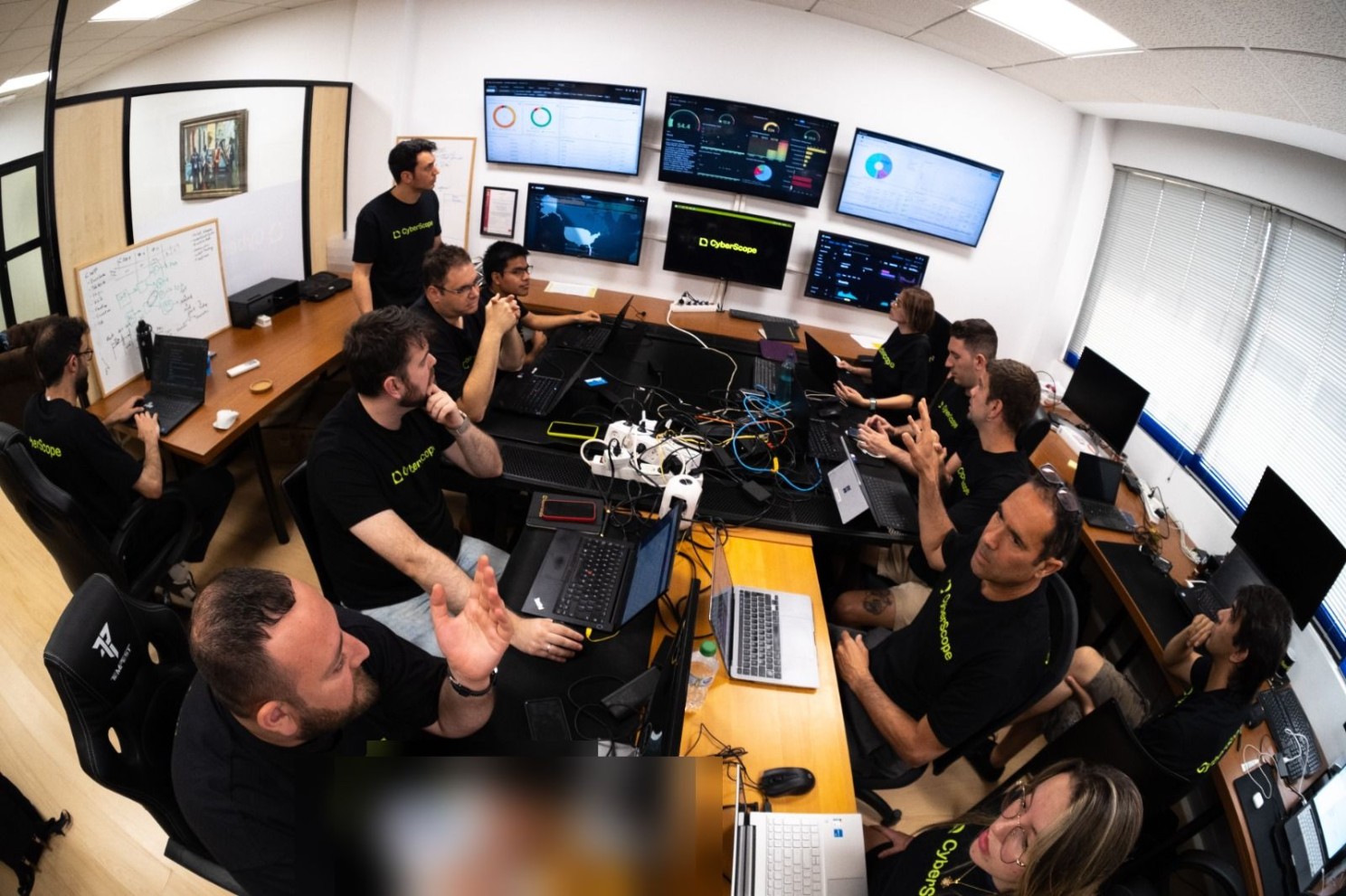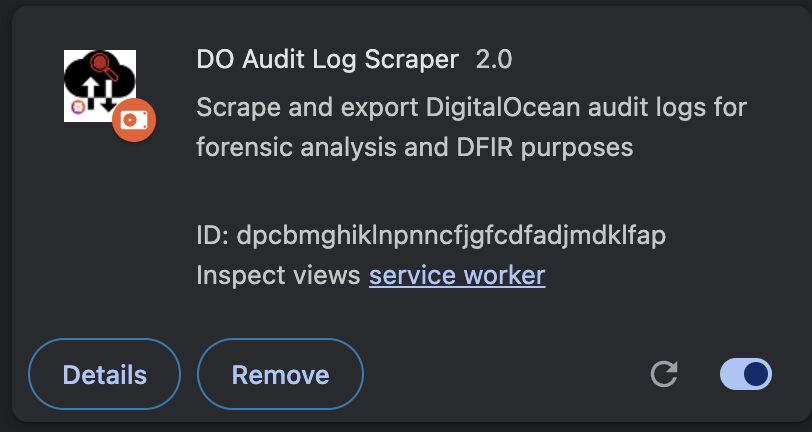Why Malware Analysis Training is Vital: Lessons from Real-World Cyber Attacks
Picture this: airport metal detectors efficiently catch large, obvious weapons, but small components slip through unnoticed. Once inside, attackers assemble them into a complete weapon.
This is exactly how sophisticated cyberattacks bypass traditional defenses today. Hackers break down malicious payloads into seemingly harmless pieces, smuggling them past detection systems like file sandboxes or filters. Once inside your network, these components reassemble into a full-fledged attack.
And it’s not just a theory—here are real-world examples of attackers exploiting this method:
- Emotet Malware Initially distributed as innocuous-looking email attachments, Emotet often used weaponized documents. By embedding malicious macros that executed secondary payloads, it bypassed many detection platforms. Once inside, it connected to command-and-control servers, downloading additional malware to complete the attack.
- TrickBot Modular Malware TrickBot is a master of "piecemeal" attacks. It delivers modules in stages—credential stealers, lateral movement tools, and ransomware payloads—all downloaded after initial infection. By delivering these in parts, it often bypasses sandbox solutions that analyze only the initial payload.
Why Training Matters While automated tools are essential, they are not infallible. Attackers continually exploit gaps in detection. Malware analysis training empowers security teams to:
- Detect multi-stage and modular threats like Emotet, TrickBot, and others.
- Reverse-engineer malicious files to uncover hidden payloads.
- Understand the evolving tactics used to bypass automated defenses.

The bottom line? Your tools can’t do it alone. Just like a metal detector needs human oversight to identify unusual patterns, your cybersecurity infrastructure needs well-trained analysts to catch what automated systems miss.




